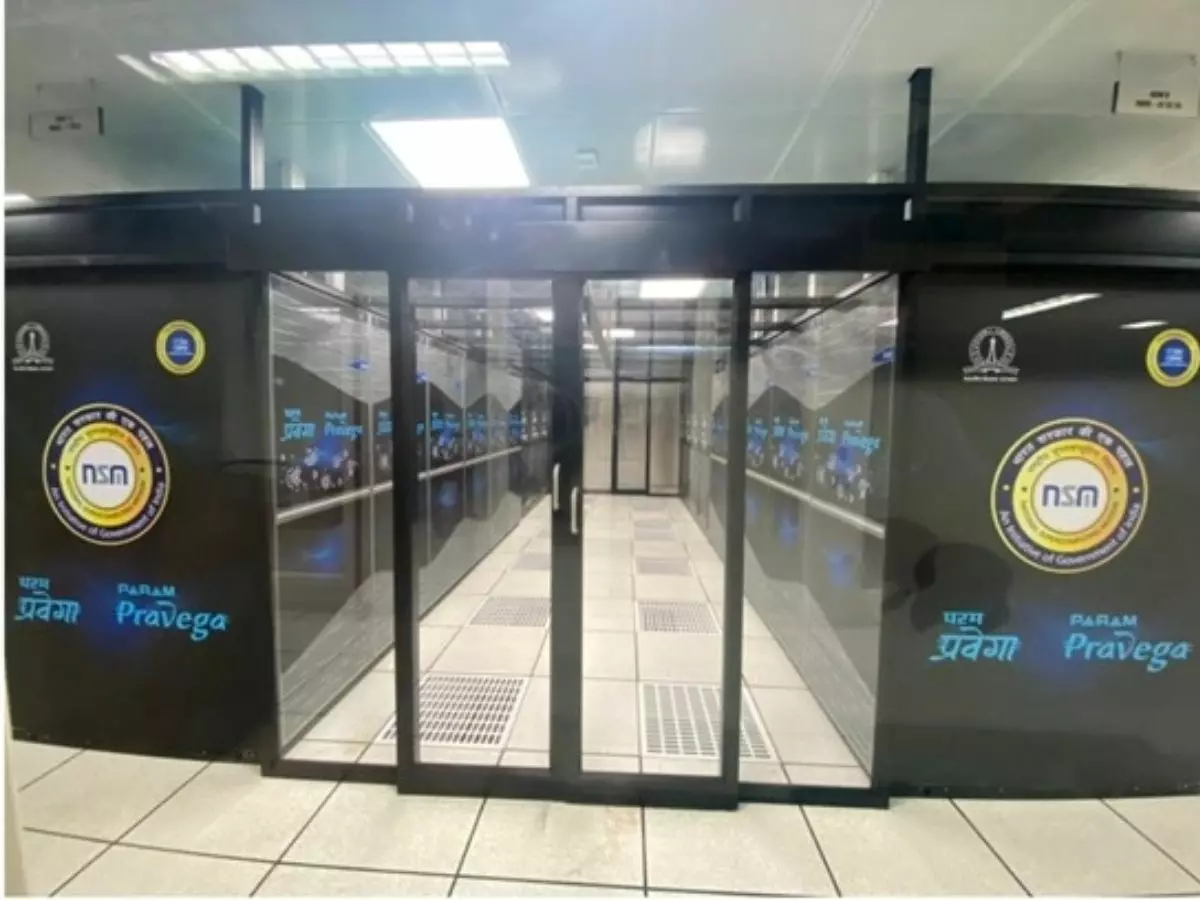India's Fastest Supercomputer ¡®Param Pravega¡¯ Installed At IISc: What Can It Do?
Dubbed Param Pravega, it¡¯s also the largest in an Indian academic institution. It was commissioned under the National Supercomputing Mission that is spearheaded by the Department of Science and Technology and the Ministry of Electronics and Information Technology (MeitY).

The Indian Institute of Science (IISc) at Bengaluru, Karnataka has set up one of the nation's most powerful supercomputers, according to a report by By India Science Wire.
 Param Pravega/IISc
Param Pravega/IISc
Also Read: Zuckerberg Claims Meta's AI Supercomputer Will Be World's Fastest In 2022
Dubbed Param Pravega, it¡¯s also the largest in an Indian academic institution. It was commissioned under the National Supercomputing Mission that is spearheaded by the Department of Science and Technology and the Ministry of Electronics and Information Technology (MeitY).
Param Parvega sports a supercomputing capacity of 3.3 petaflops. To put things in perspective, one petaflop equals quadrillion (thousand trillion) floating-point operations per second (FLOPS) or a thousand teraflops.
The supercomputer has been designed by the Centre for Development of Advanced Computing. Several of the components that have been deployed into the supercomputer have actually been made in India. Even the software stack that it runs on has been indigenously developed by C-DAC.
Powering the supercomputer include Intel Xeon Cascade Lake processors for the CPU nodes and Nvidia¡¯s Tesla V100 cards for the GPU nodes. The machine features an array of program development tools, utilities and libraries that are helpful in developing and executing High-Performance-Computing applications.
The National Supercomputing Missions has been implemented by C-DAC and IISc. It has backed the deployment of 10 other supercomputers across the nation, seen in institutions such as IITs, IISER Pune, JNCASR and NABI-Mohali, resulting in cumulative computing power of 17 petaflops!
 Representational image: Unsplash
Representational image: Unsplash
What are supercomputers used for?
Supercomputers like Param Parvega have helped students and faculty members conduct R&D activities including developing platforms for genomics and drug discovery, understanding environmental issues in the urban areas, setting up flood warning and prediction systems while also helping in optimising telecom networks.
Also Read: One Of World's Largest Supercomputers Lived For Only 10 Minutes
This, however, isn¡¯t the first supercomputer at IISc. Before Param Parvega, it had SahasraT in 2015, which was, for the time, the fastest supercomputer in the country. Faculty members have used SahasraT for research on COVID-19, looking at modelling viral entry, binding, studying interactions of proteins etc.
Keep reading Indiatimes.com for the latest science and technology news.
